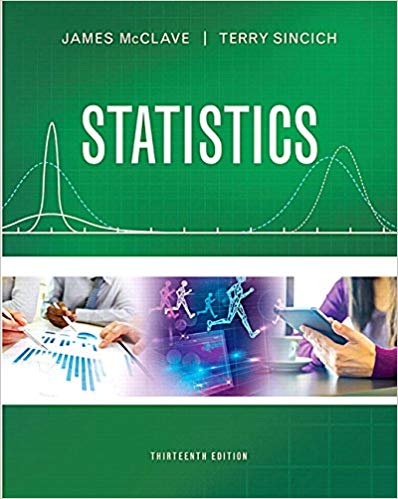Refer to the American Journal of Physics (Mar. 2014) study of the impact of dropping ping-pong balls,
Question:
Data for Exercise 12.106
-1.png)
a. Give the equation of the hypothesized line relating COR (y) to impact speed (x1) for ping-pong balls that did not buckle. What is the estimated slope of this line?
b. Repeat part a for ping-pong balls that buckled.
c. The researcher believes that the rate of increase in COR with impact speed differs depending on whether the ping-pong ball buckles. Do the data support this hypothesis?
Conduct the appropriate test using a = .05.
-2.png)
Fantastic news! We've Found the answer you've been seeking!
Step by Step Answer:
Related Book For 

Question Posted:





